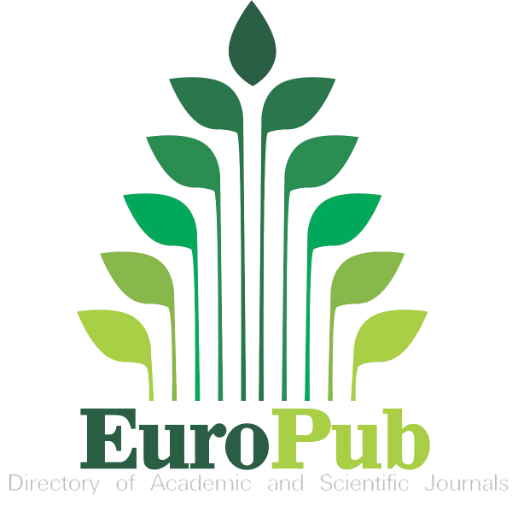Boutiquing at the Raindance Campout: Relational Aesthetics as Festival Technology
Keywords:
relational aesthetics, relational art, raindance campout, transformational festival, Burning Man, aesthetics, performance studiesAbstract
This article uses Nicholas Bourriaud’s theorizing of “relational aesthetics” to consider the mechanics that facilitate strong subcultural ties amongst participants of small-scale, “boutique” festivals. Relational aesthetics describes art that takes human interaction as its theoretical horizon, where art works are envisioned primarily as social interstices. Using California’s Raindance Campout as a case study, I argue that festivals may be viewed as a form of relational art, where organizers create environments that prompt meaningful human performance. Building on critiques of the revolutionary energy Bourriaud invests in his concept, I propose that we might productively understand relational aesthetics as an indeterminate technology always adaptable to particular political ideologies. I use art present at Raindance to illuminate some of the event’s unspoken political prerogatives; despite attempting to disassociate from the ethos of a perceived US mainstream, I argue that Raindance still coincides with logics of modern liberalism including consumerism and cultural appropriation.
Downloads
Published
Issue
Section
License
Authors who publish with this journal agree to the following terms:- Authors retain copyright and grant the journal right of first publication with the work simultaneously licensed under a Creative Commons Attribution-Noncommercial-Share Alike License that allows others to share the work with an acknowledgement of the work's authorship and initial publication in this journal.
- Authors are able to enter into separate, additional contractual arrangements for the non-exclusive distribution of the journal's published version of the work (e.g. post it to an institutional repository or publish it in a book), with an acknowledgement of its initial publication in this journal. Such derivate works or subsequent publications must happen no less than one calendar year after the initial publication date in Dancecult.
- Authors are permitted and encouraged to post their work online (e.g. in institutional repositories or on their website) prior to and during the submission process, as it can lead to productive exchanges, as well as earlier and greater citation of published work (See The Effect of Open Access).






